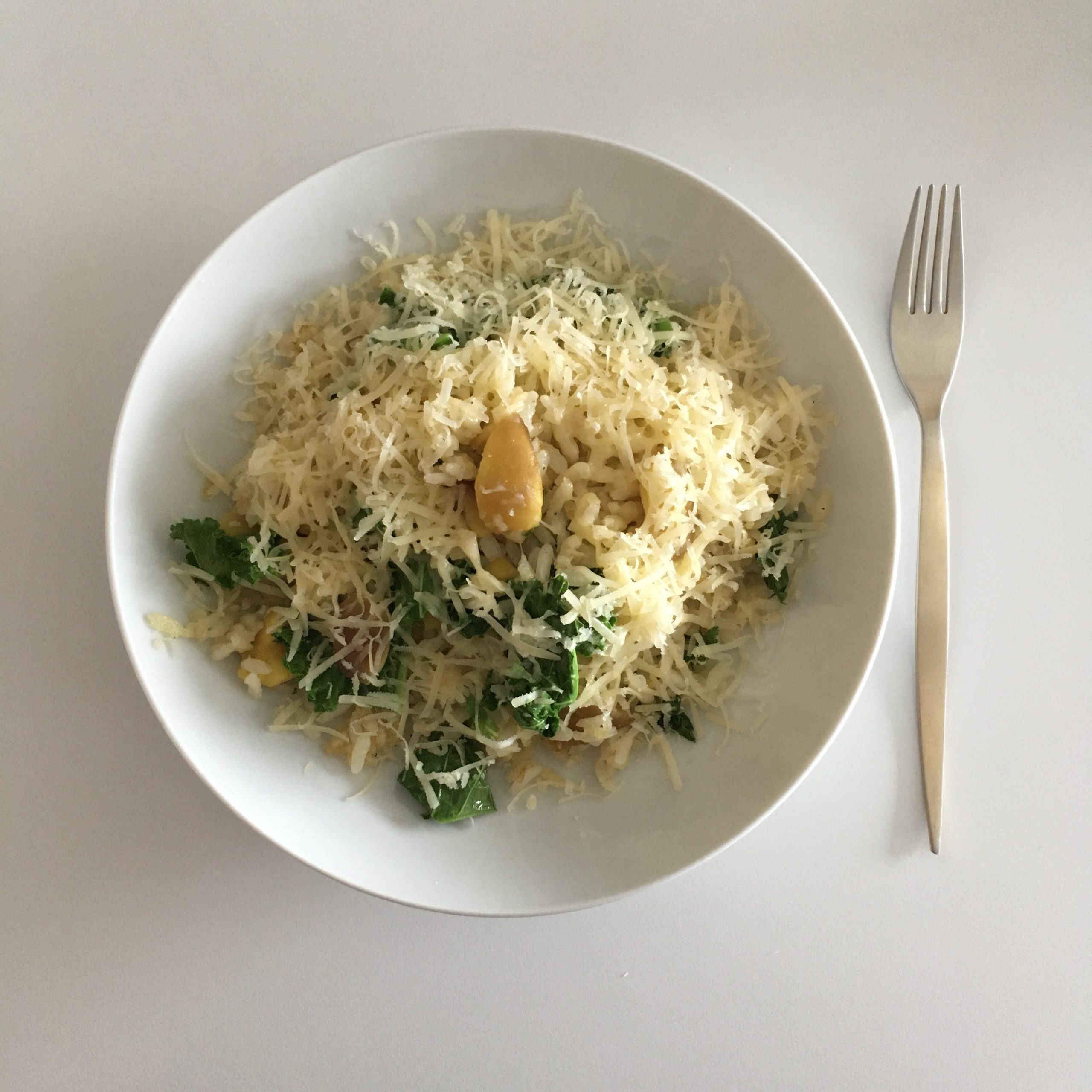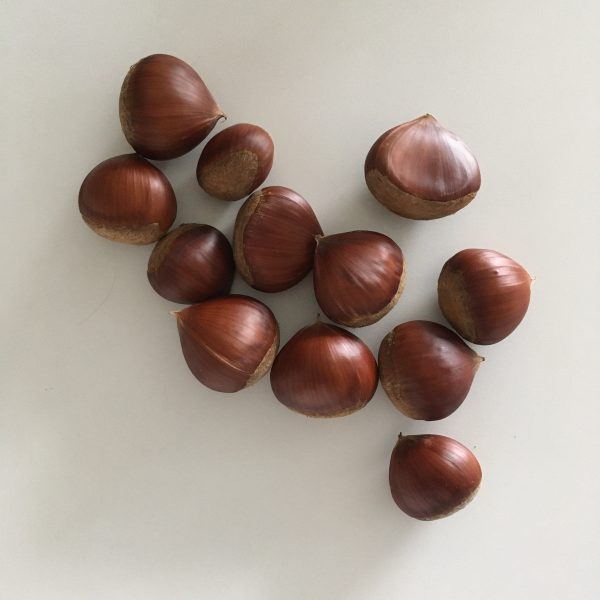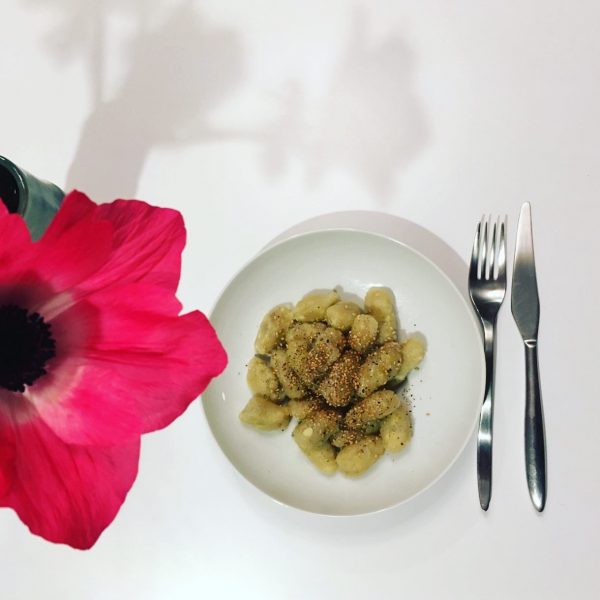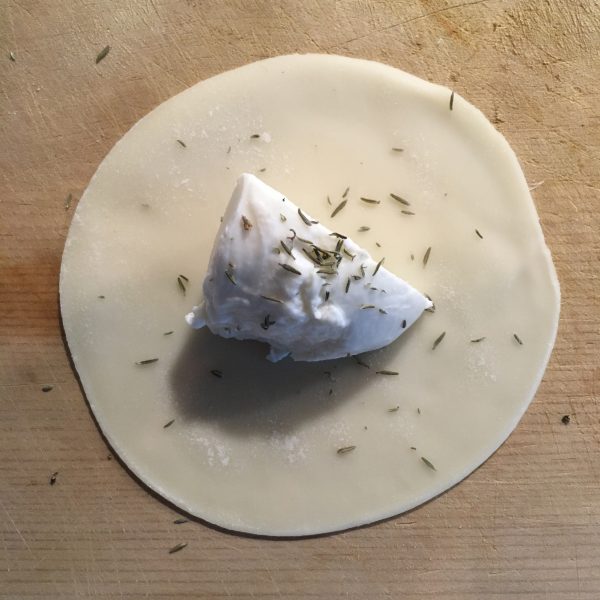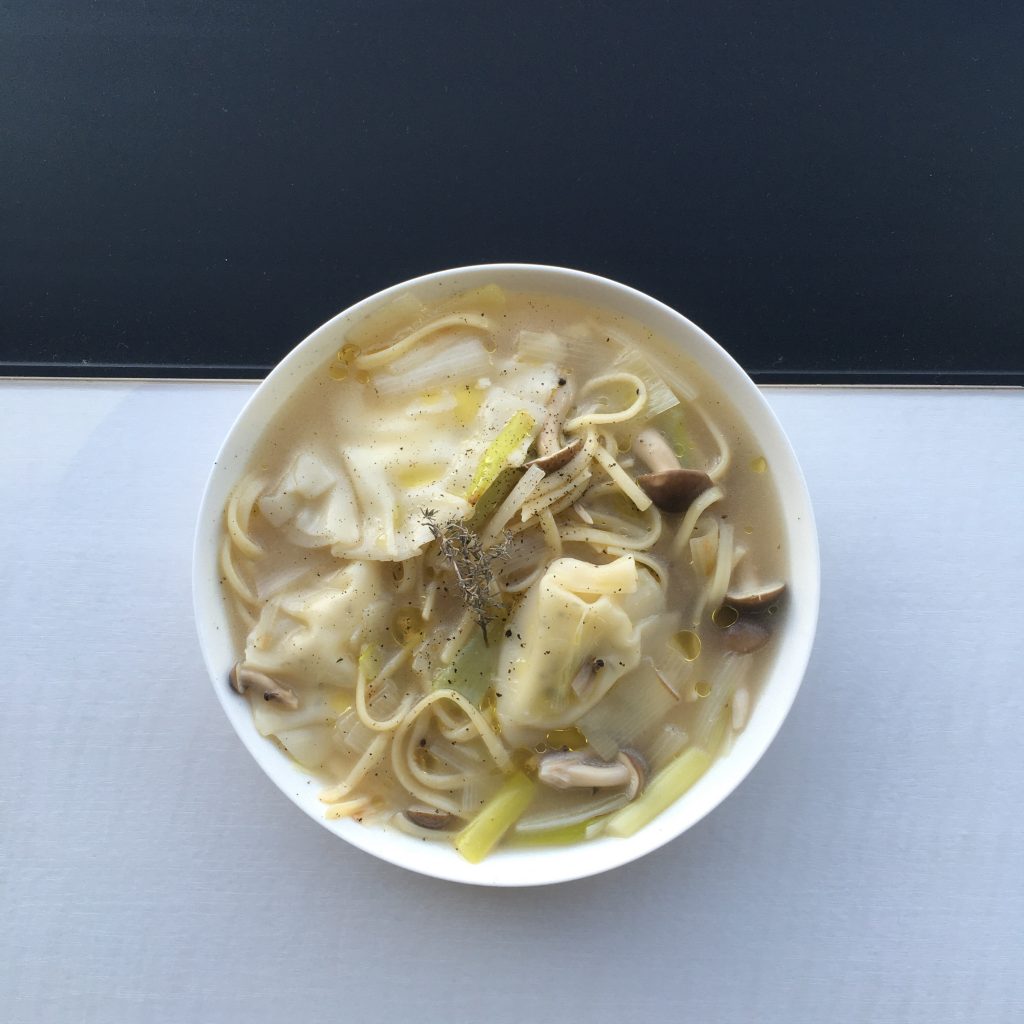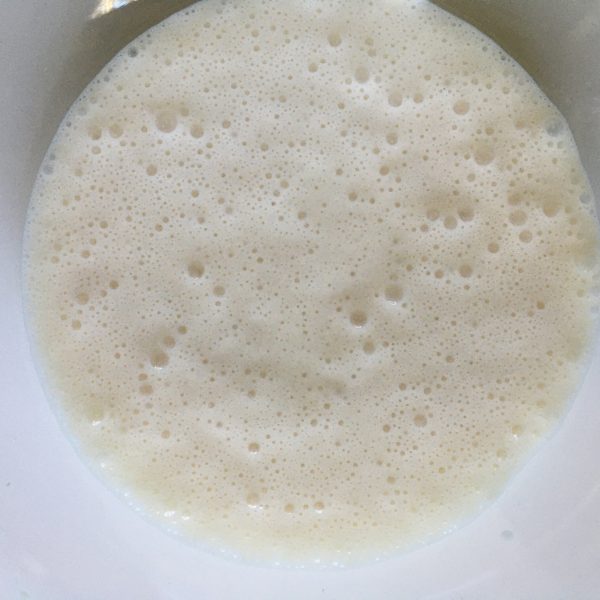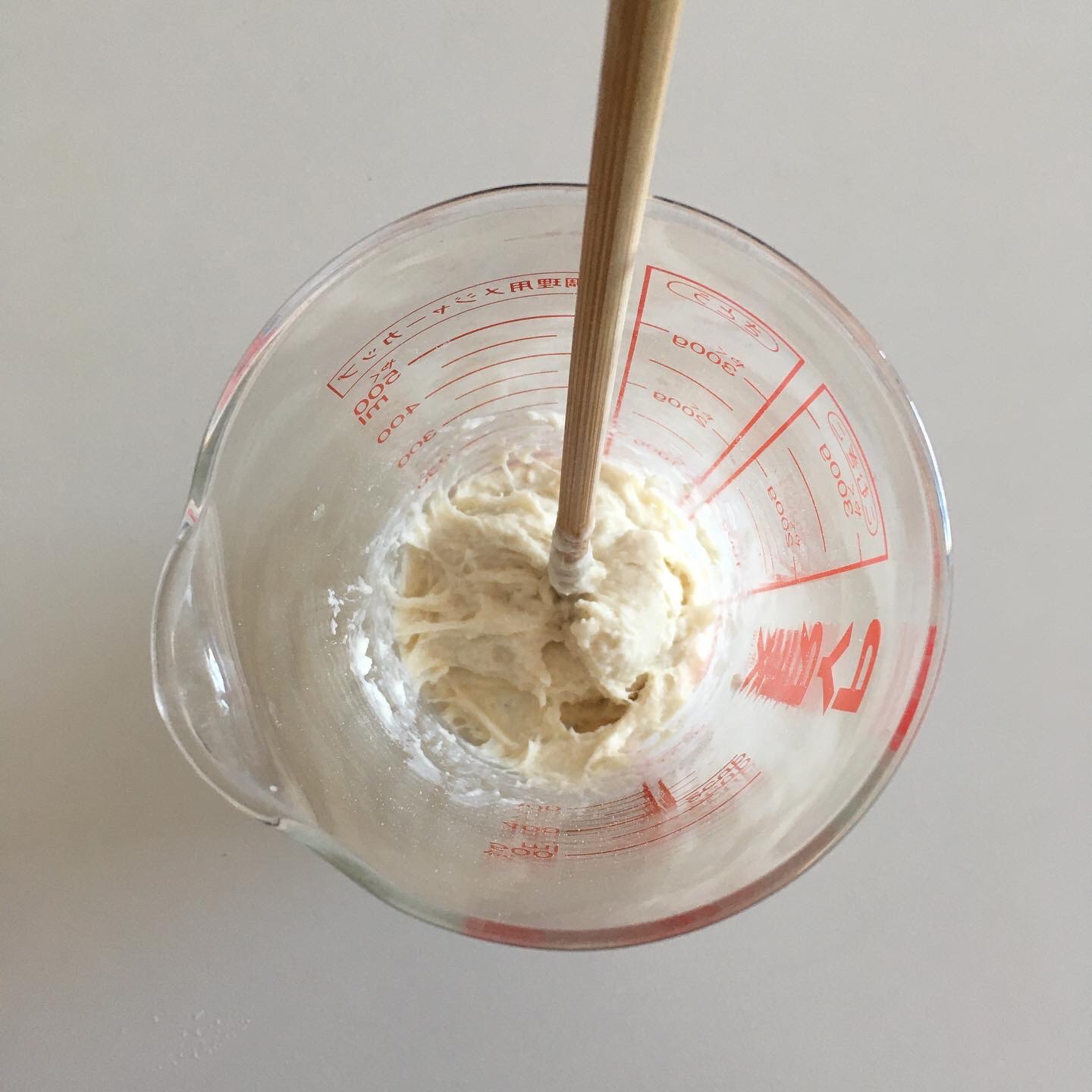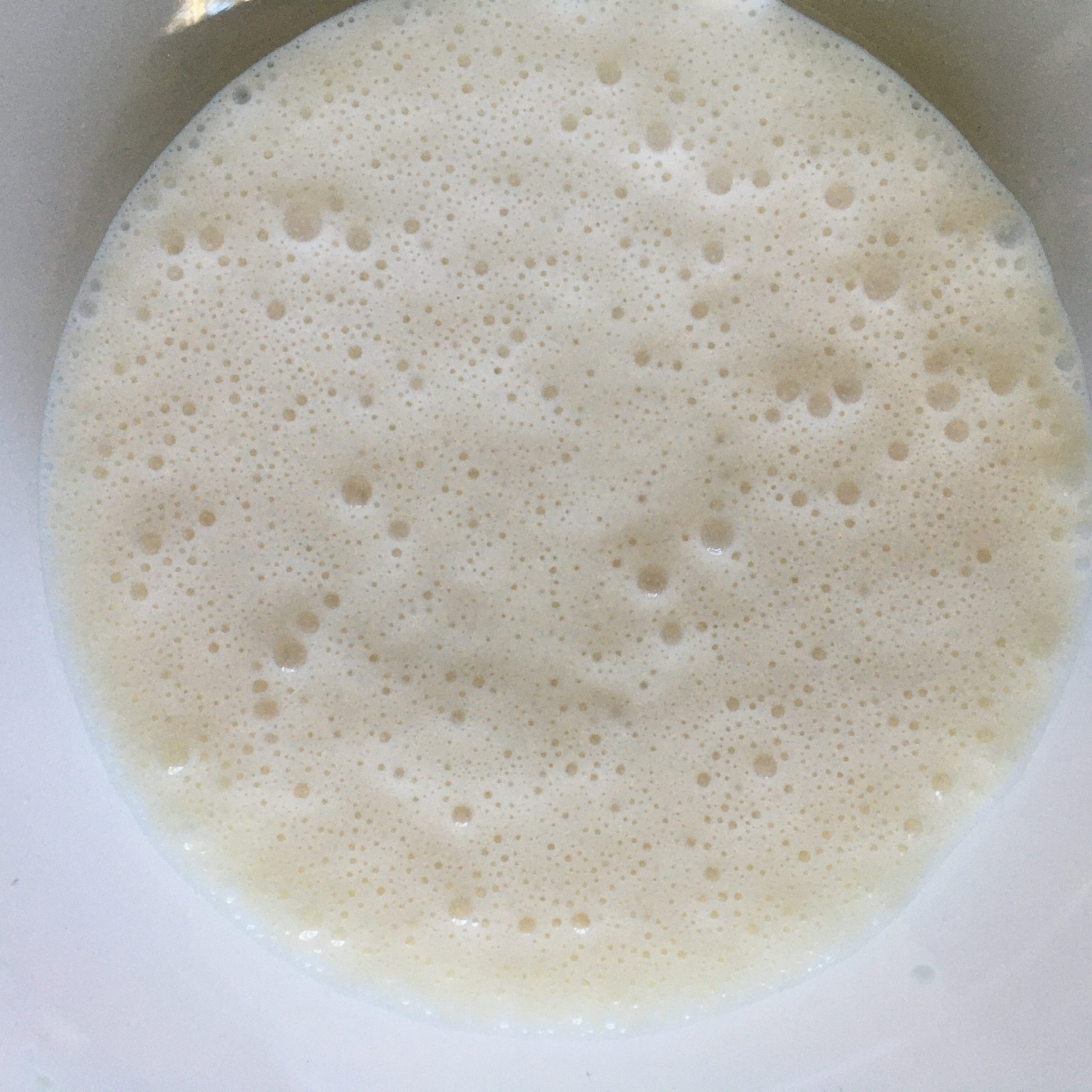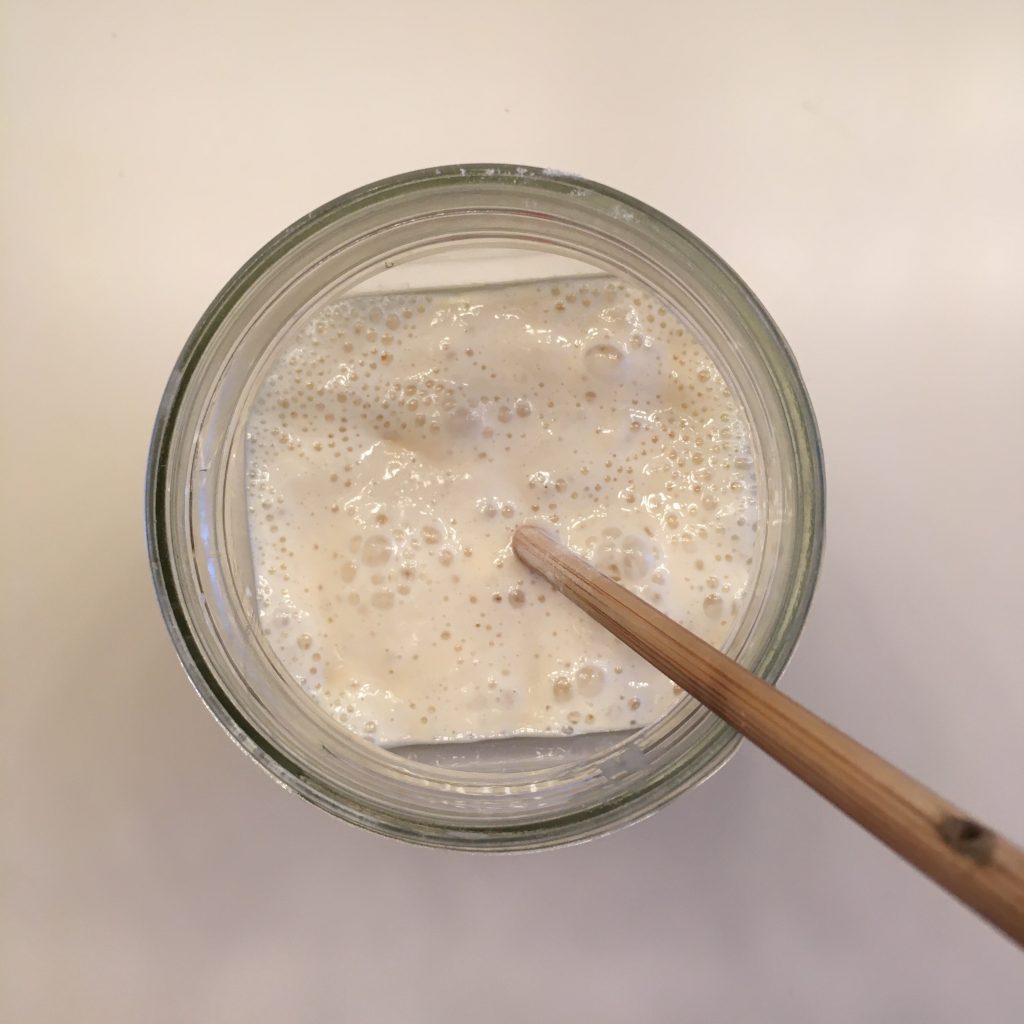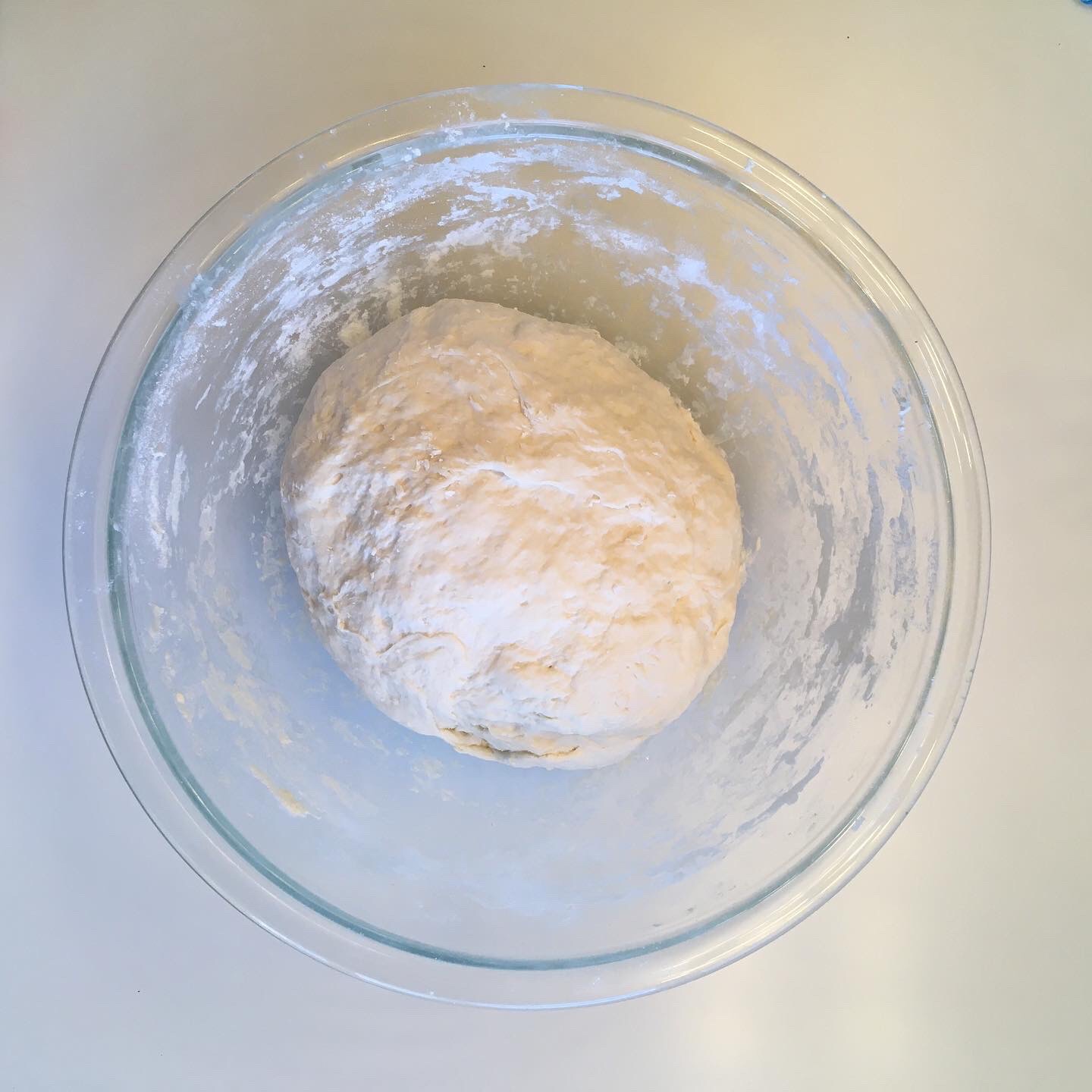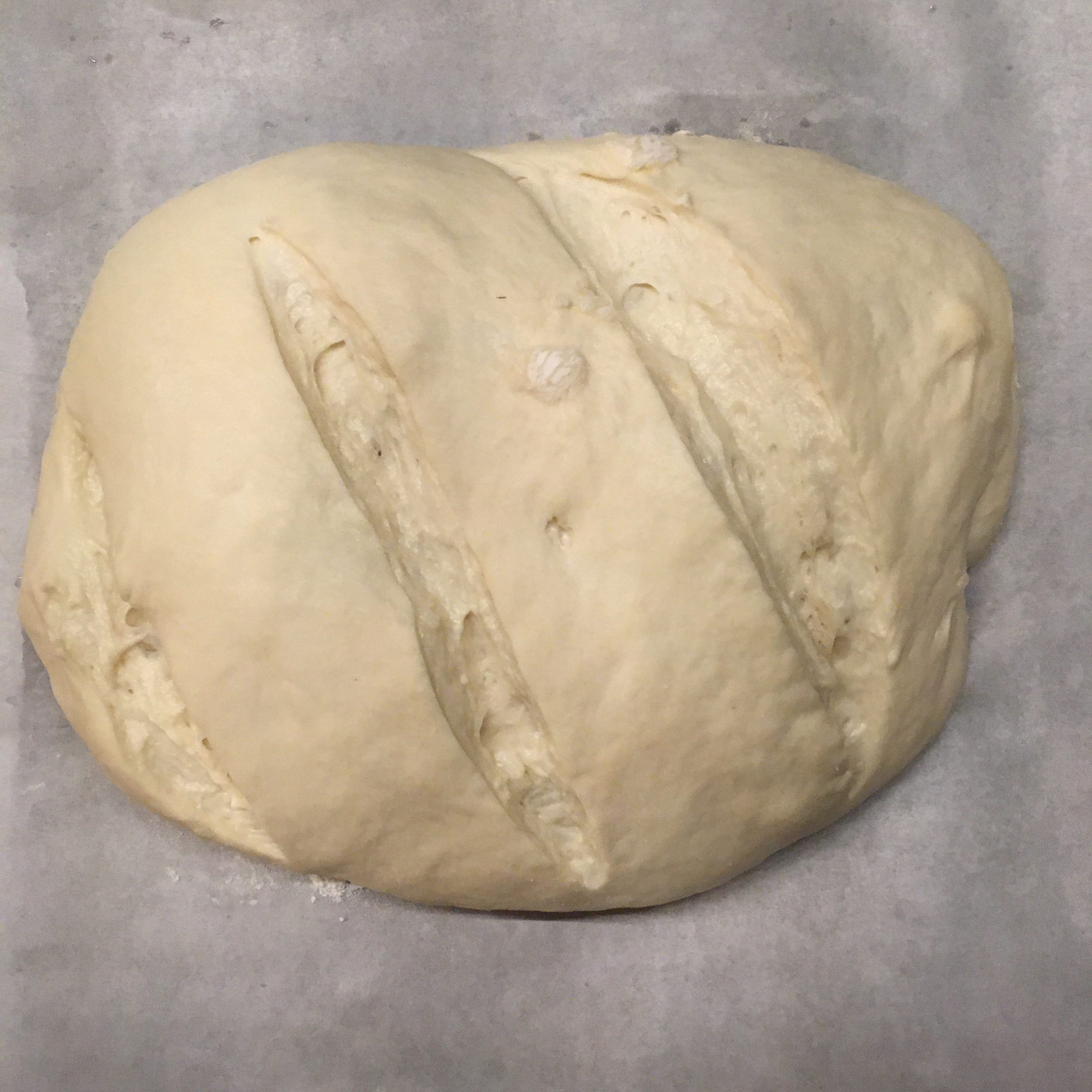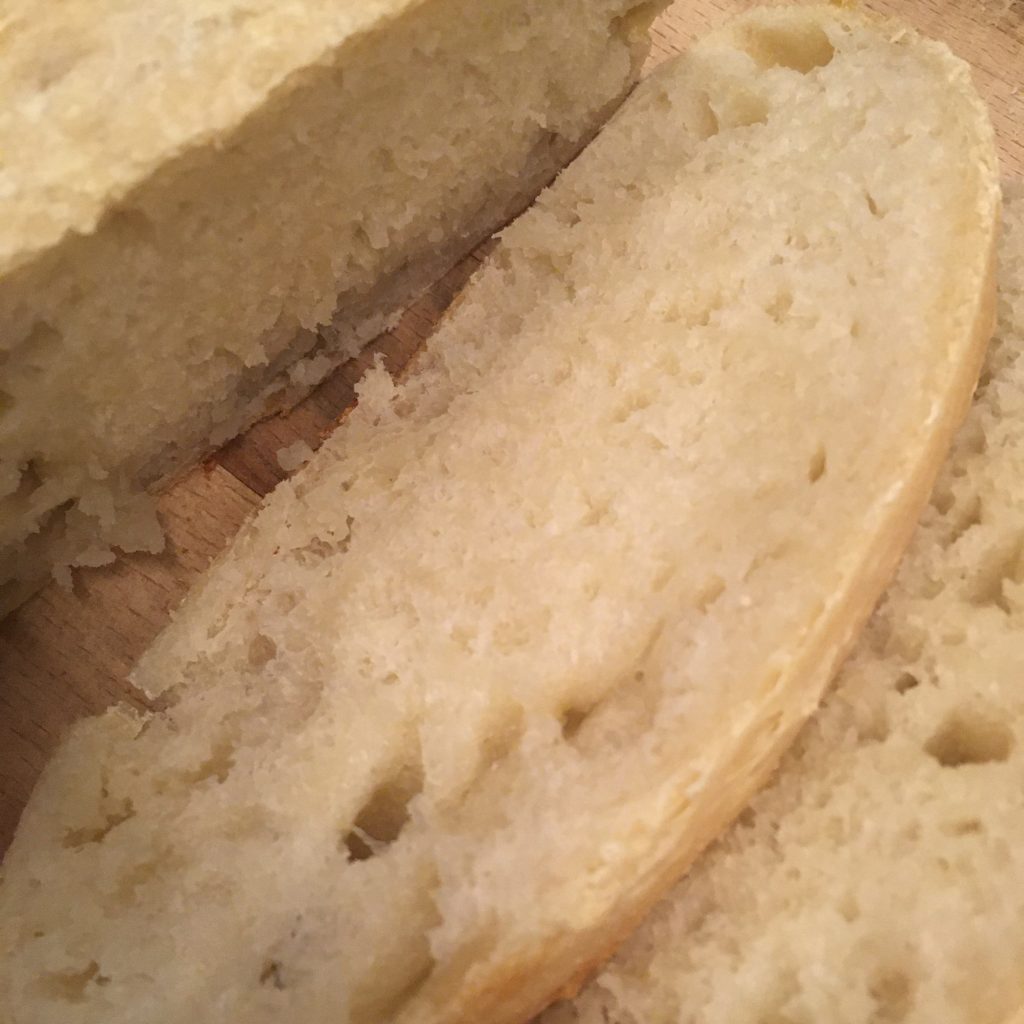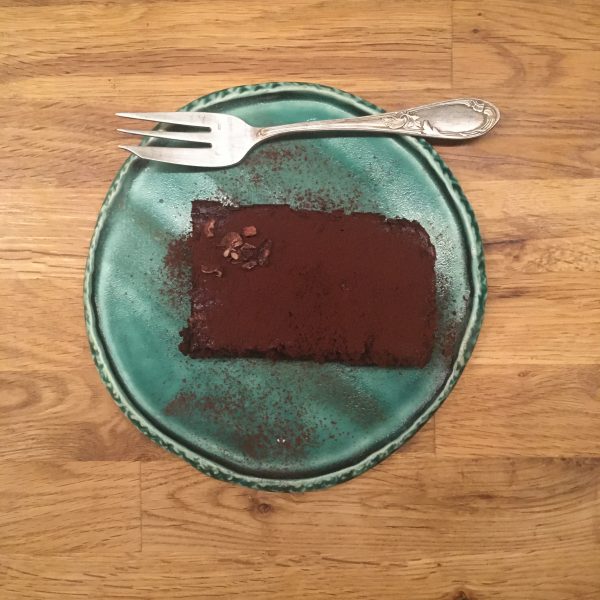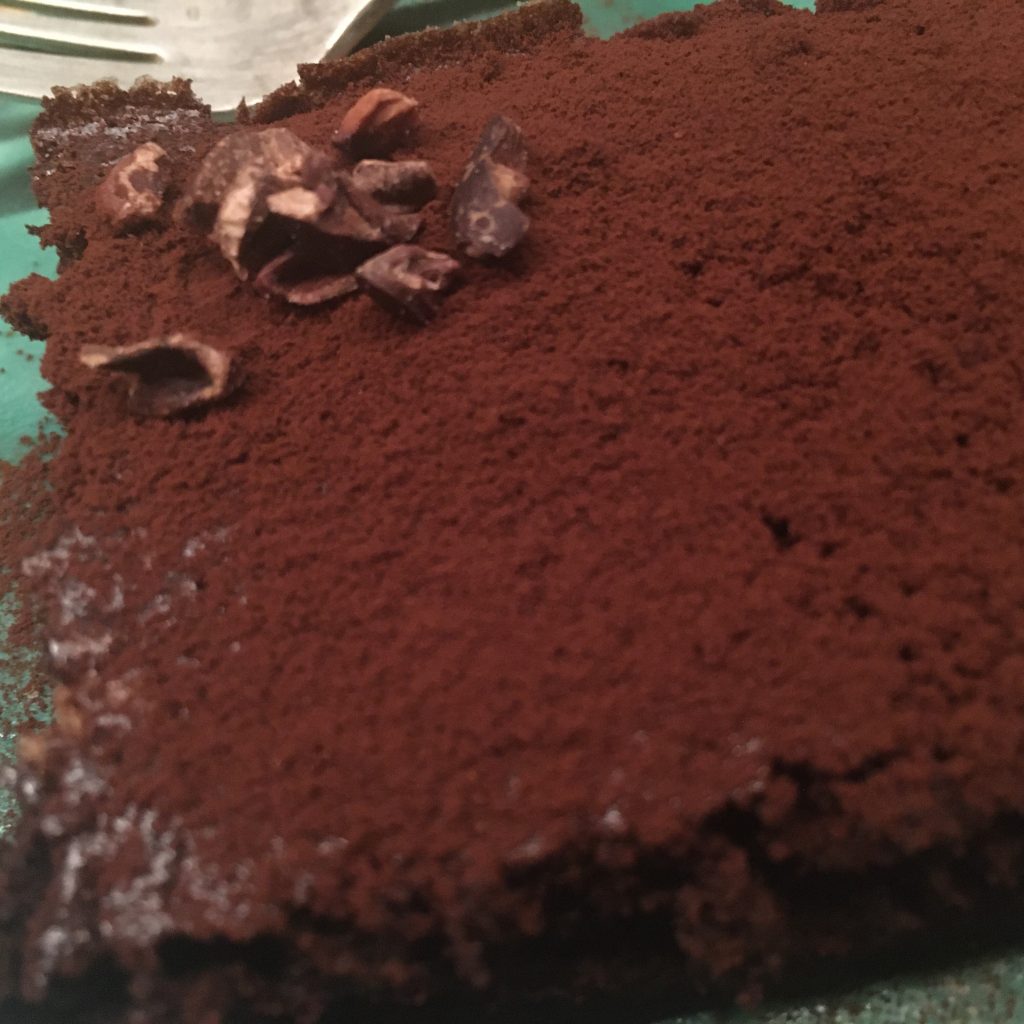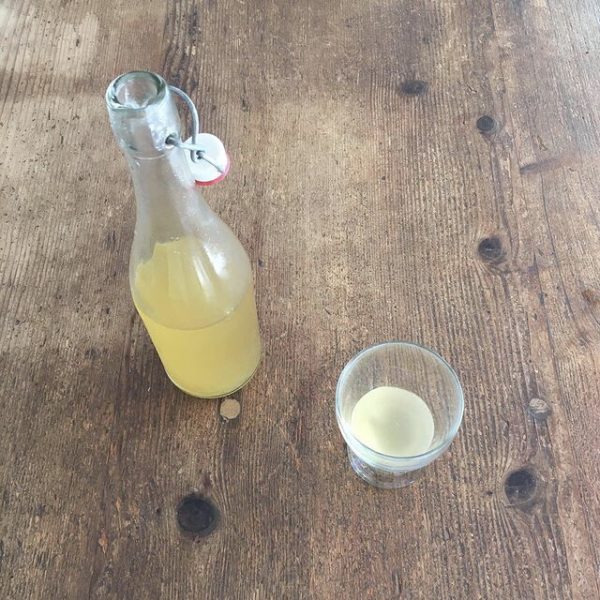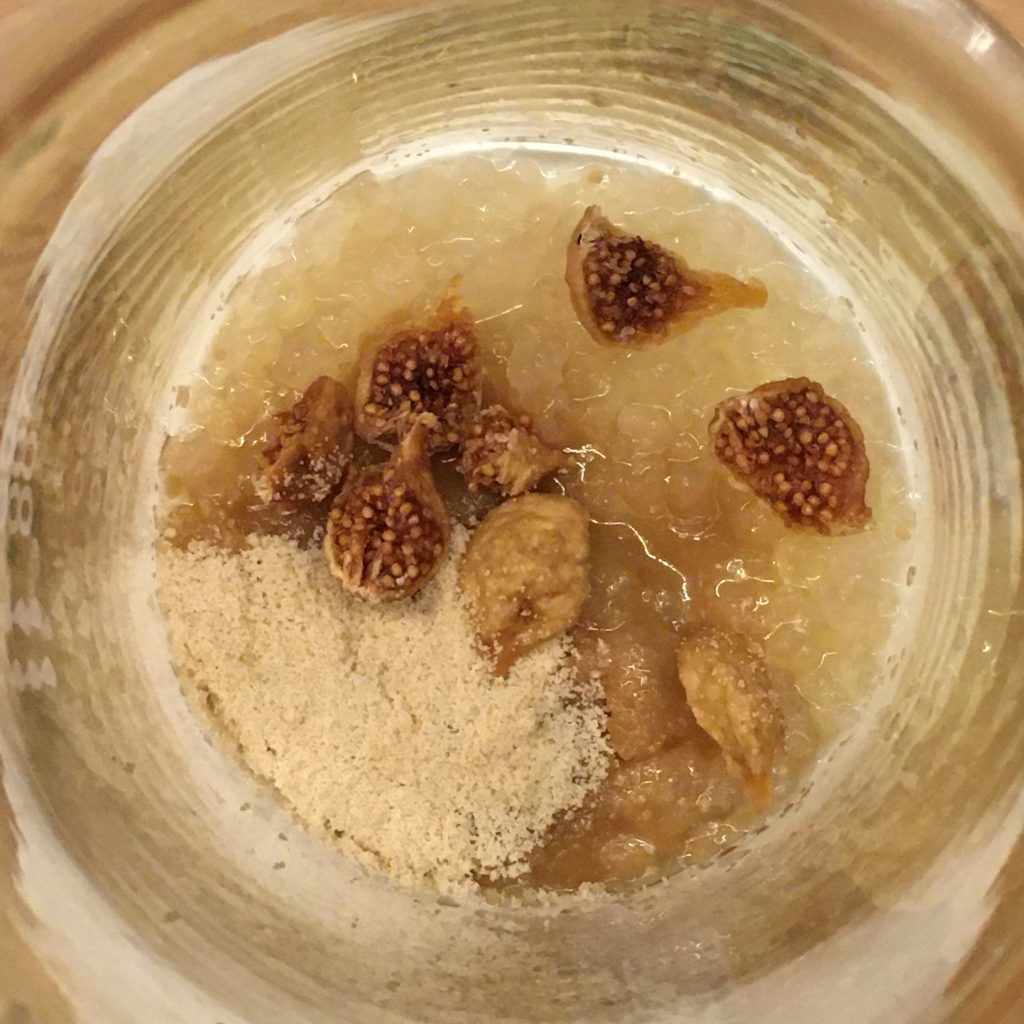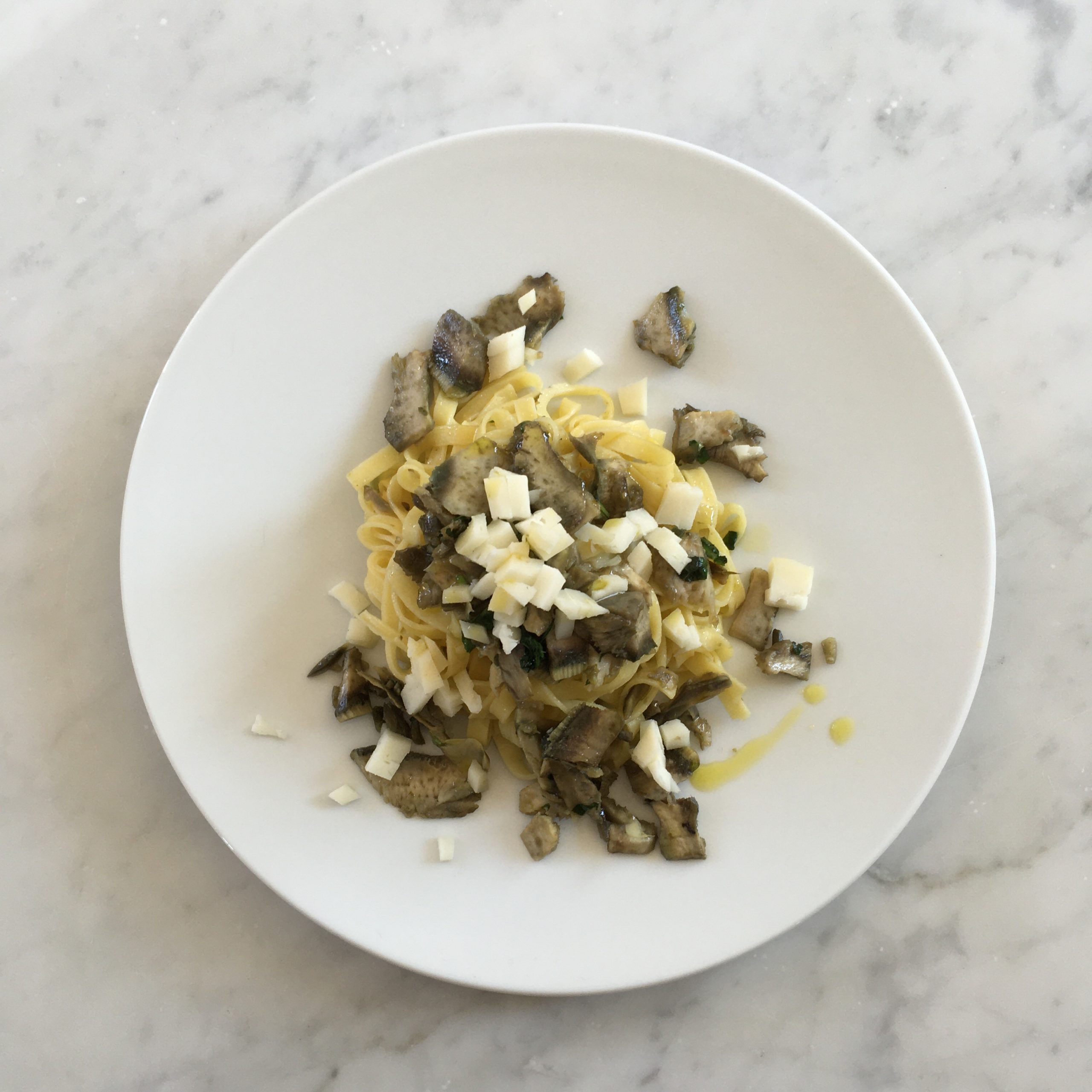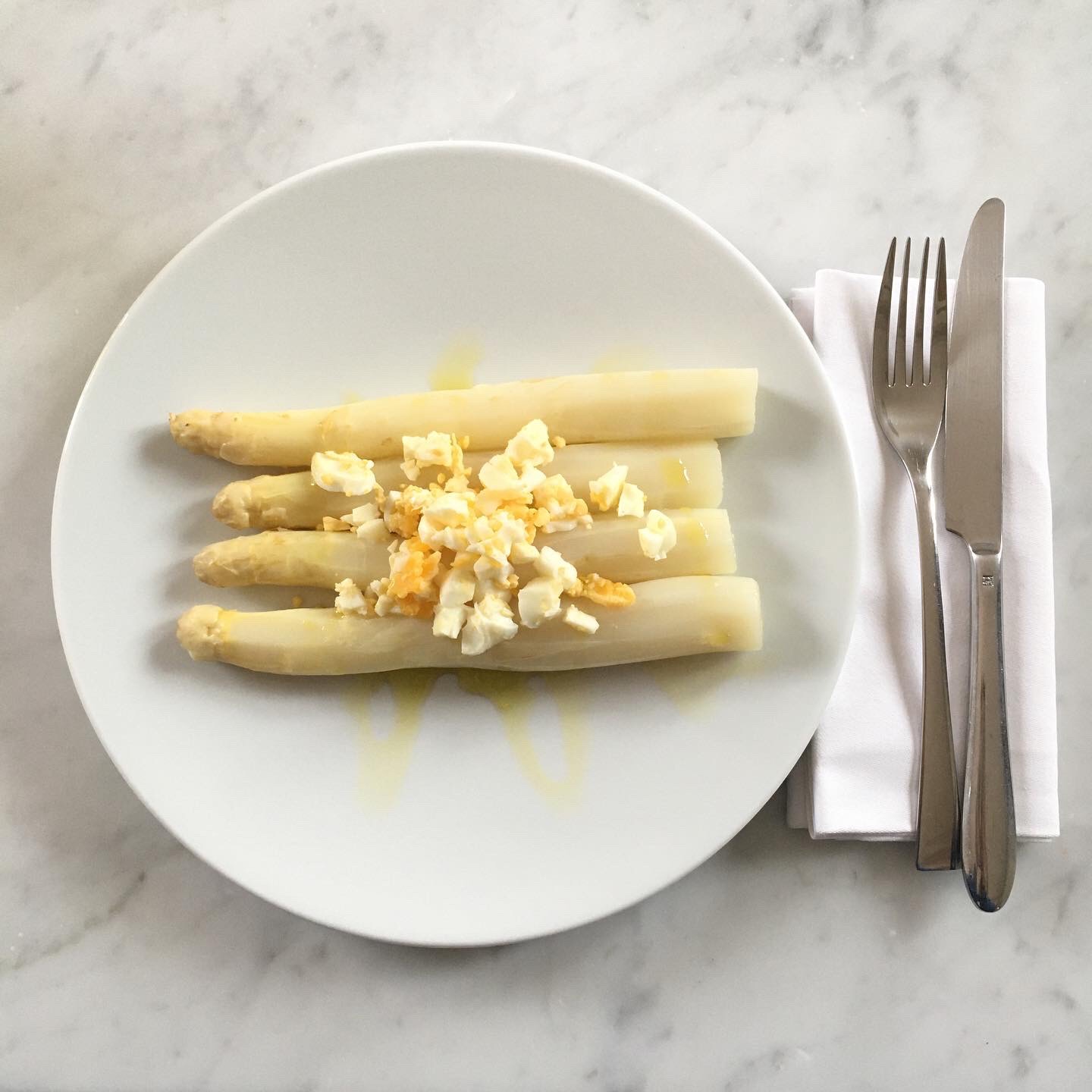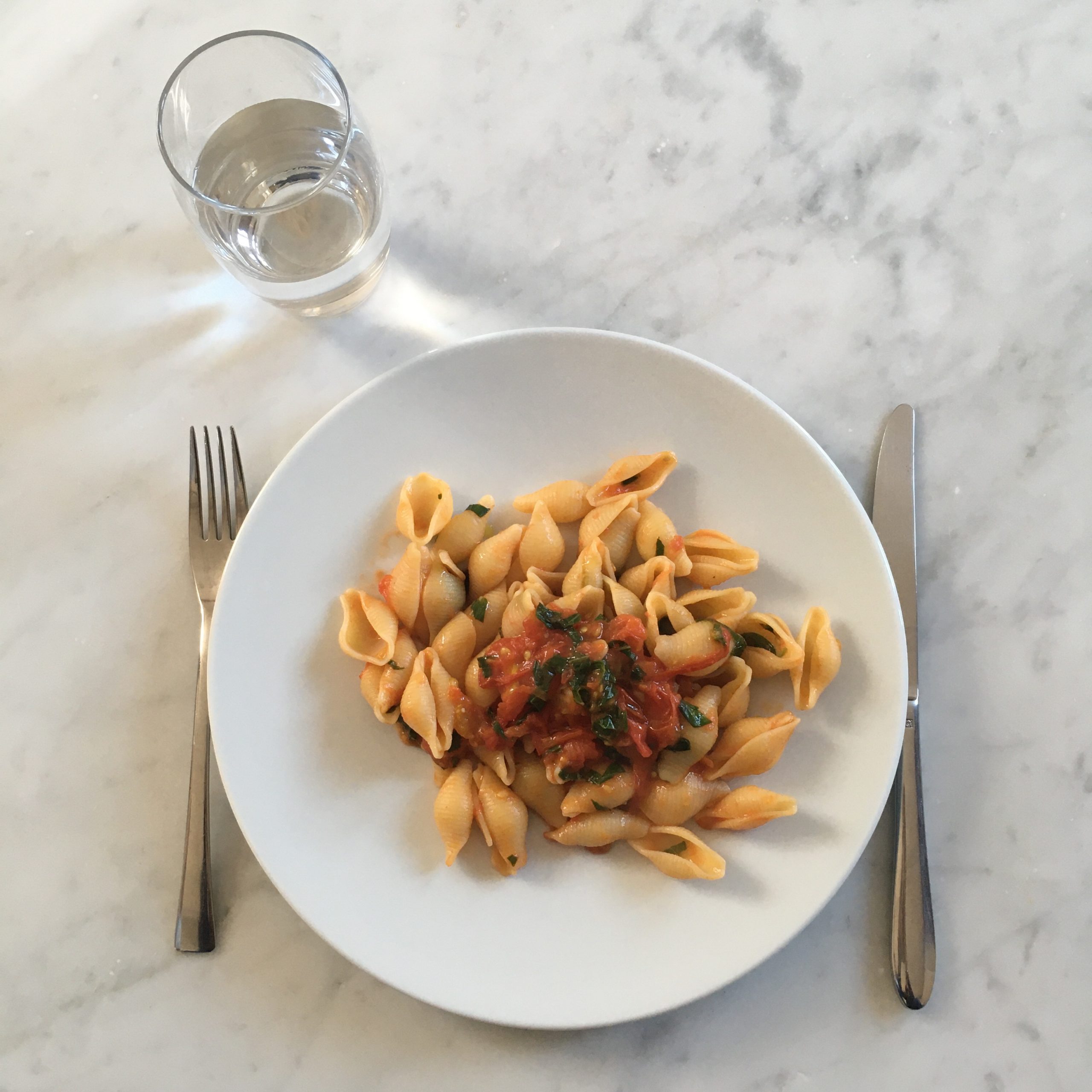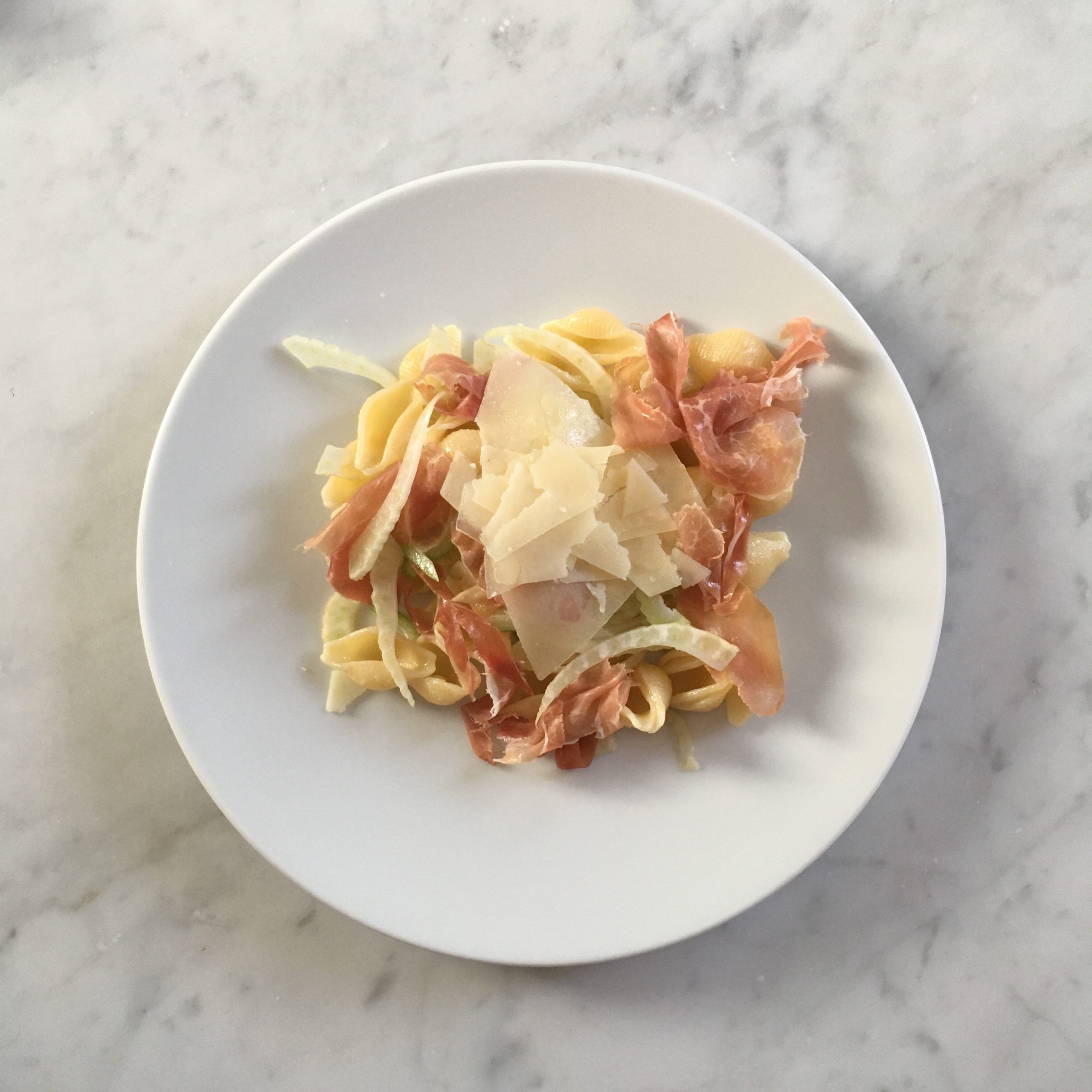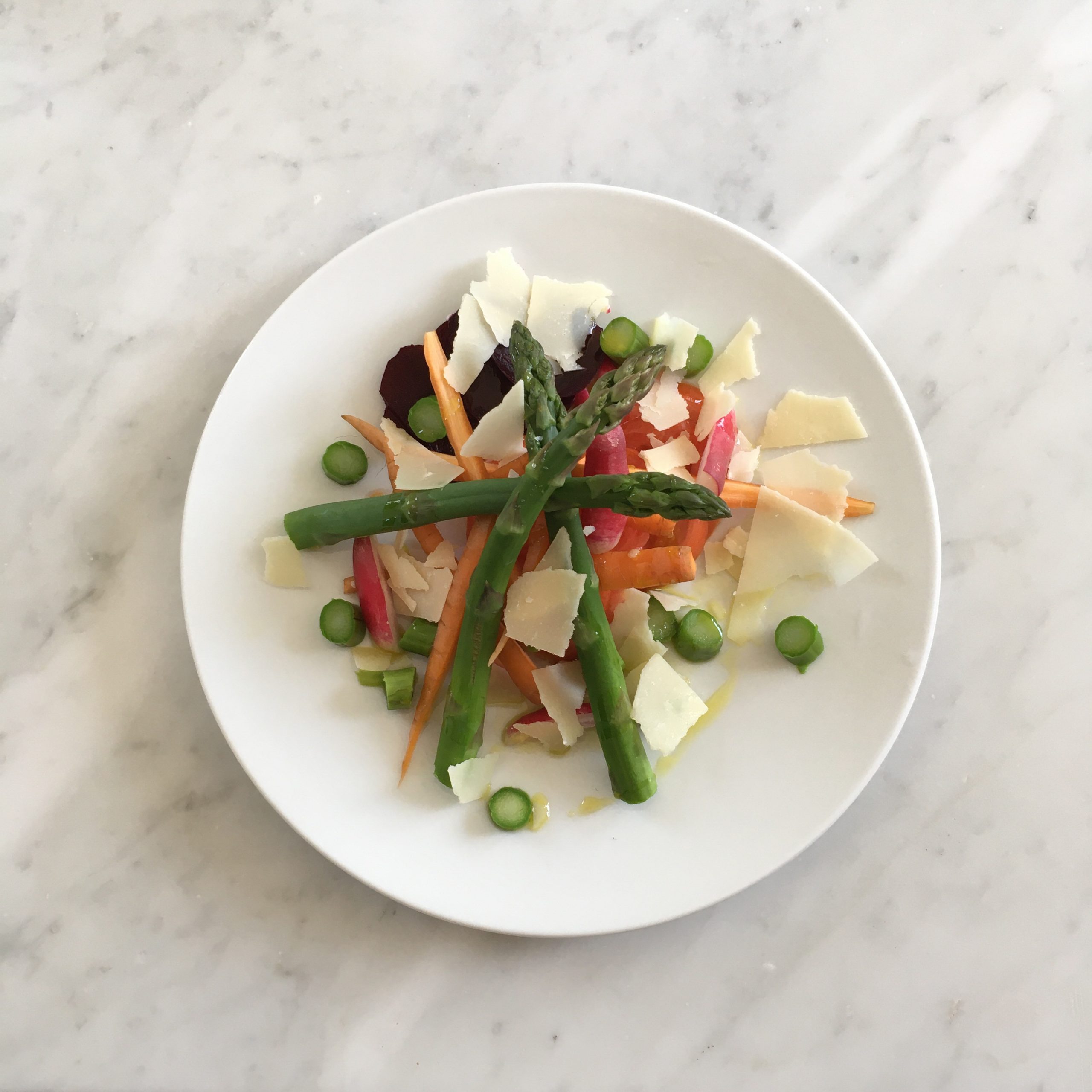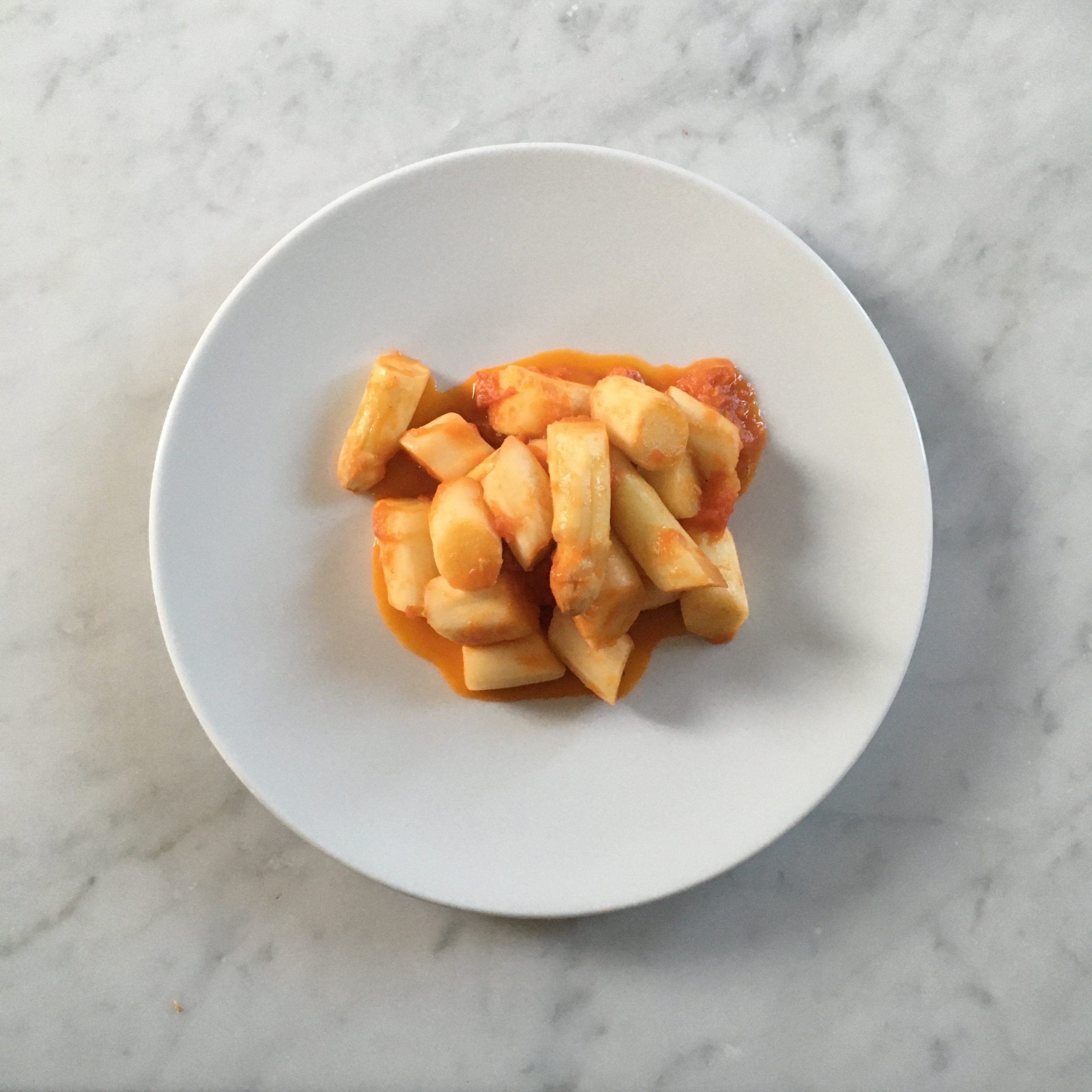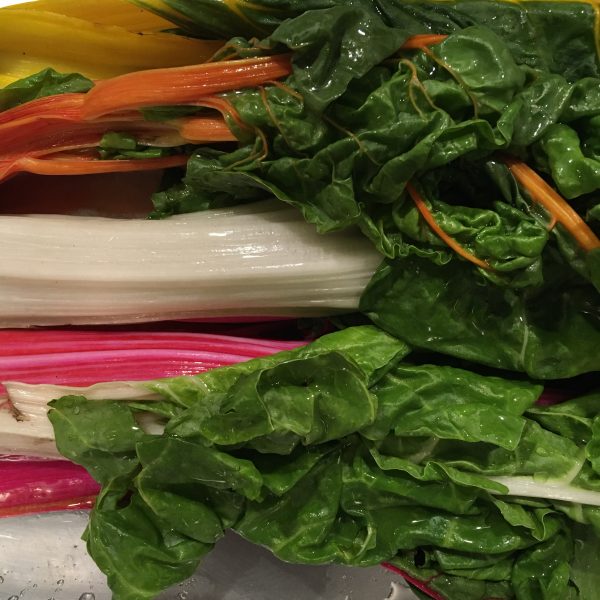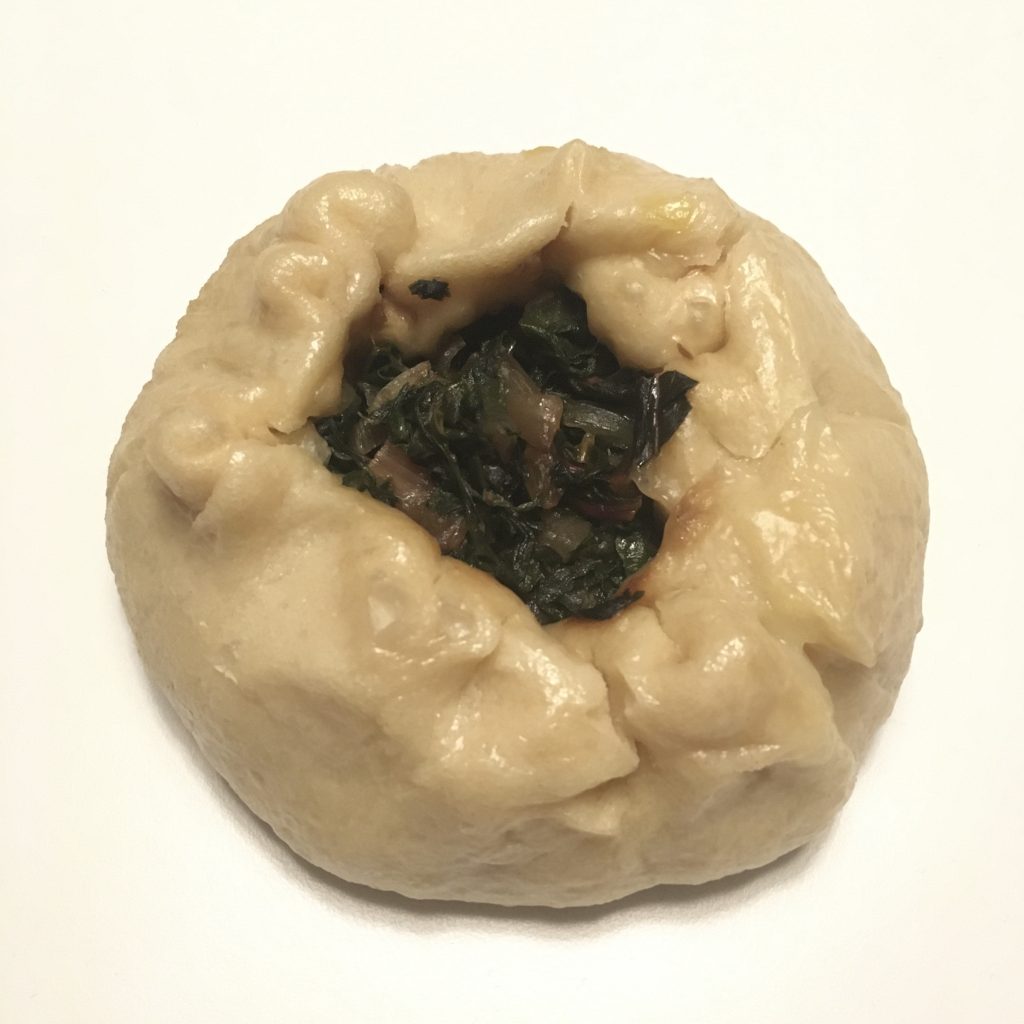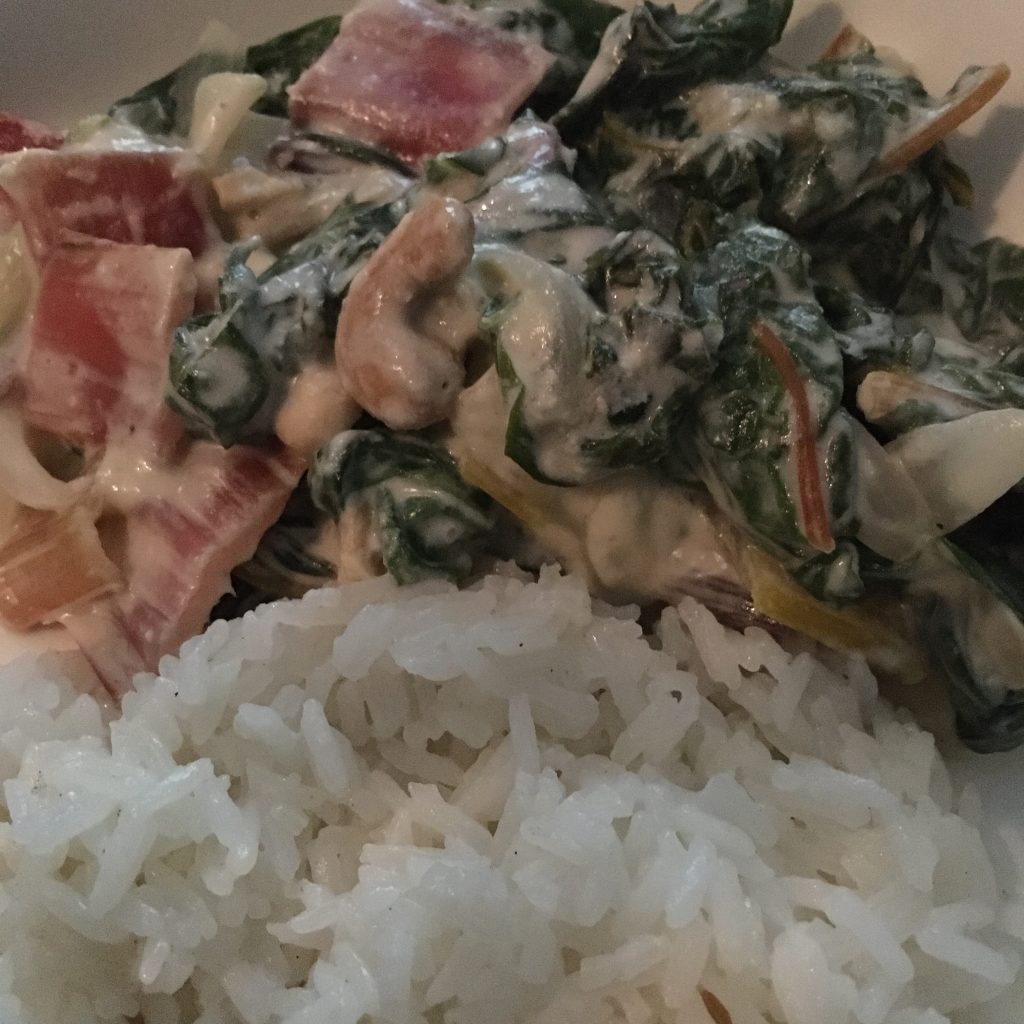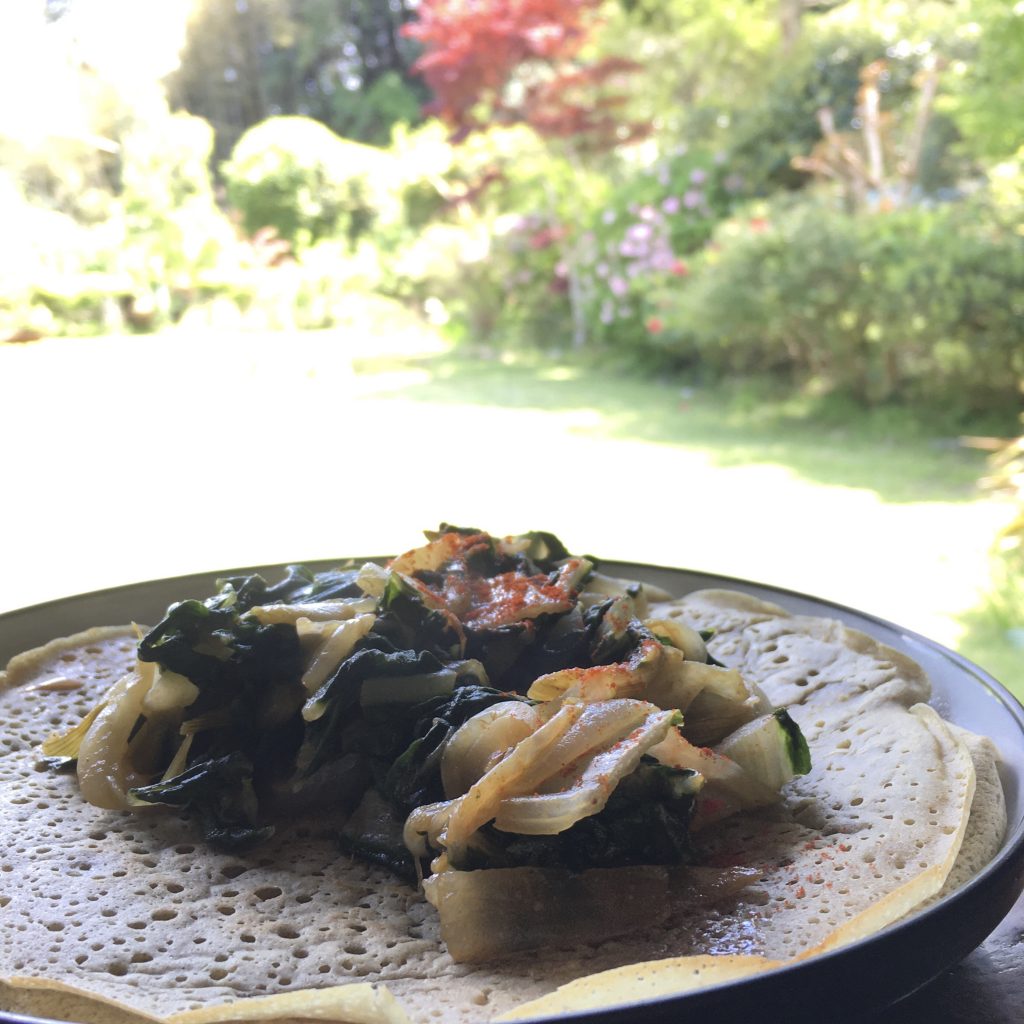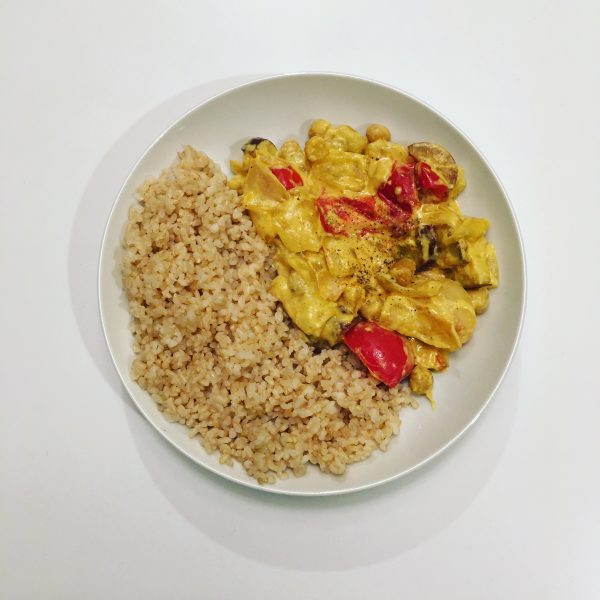Last winter I trimmed our chestnut tree to try to improve its production, because we usually have very few chestnuts, despite it being a rather large tree. And it work perfectly, we had plenty of chestnuts, I could enjoy seeing them growing slowly, and I was already thinking about all I would do with them, and give away. But in early August with the drought (since July 10 it’s been 32deg at least every day and it rained may be twice or thrice just a little), most of the beautiful chestnuts felt when they were still small. In the end I only collected 10 chestnuts 🌰…. Basically the same amount as usual… just enough for one or two meals.
Instead of the classic Japanese kuri gohan, I prepared a western version with Carnaroli rice, olive oil, and a bit of kale. I replaced the Parmigiano by fresh grated comté cheese. Super easy, and very delicious! Here is my recipe.
Chestnuts risotto (2 servings main dish)
- 10 fresh raw chestnuts
- 1 go of carnaroli rice, or other risotto rice you like
- 2 leaves of kale (tender is better)
- 1tbs of olive oil
- Salt and pepper
- Comté cheese (optional)
- Water
Boil the chestnuts for 50min. Let cool and peel them.
In a large pan heat the olive oil, add the rice and stir until the rice is translucent. Cover amply with water, add salt and pepper and the chestnuts roughly broken into bite size. Let cook under cover for 15min. Wash and chop the kale, removing the hard parts. Add to the pan. The liquid must have almost all reduced, and the rice should be almost cooked. If that’s not the case: if the rice doesn’t seem cooked yet and there is no liquid anymore, add a bit of water and cook under cover. If there us still too much liquid and the rice seems cooked, remove the cover, and slightly increase the heat.
In the end, the rice should start grilling in the bottom of the pan. That’s when you want to serve, with just a bit of crisp in the bottom.
Serve, add grater comté cheese if you like and enjoy.
Goes well also with prosciutto or better with Speck. Unfortunately recently Japan has a ban on Italian cured meat so that’s not an option…
